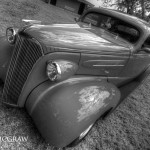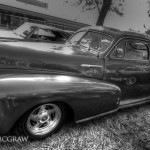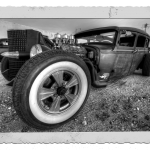Have you ever been to a weekend photography workshop? I recently found that National Geographic offer photography excursions and workshops. I am thinking of attending one but am very torn on which location to go to (Paris, Rome, New Orleans, Tucson, etc) and which type of photography workshop would be best suited for my skills, or lack of skills. Each offer something different in the way of photographing architecture, people, landscape, etc. If you have reviewed any of my images please provide any comments that you have about your experienced at these workshops and types of photography that you think are best.
A full list of the workshops can be found here if you are interested: National Geographic Photography











